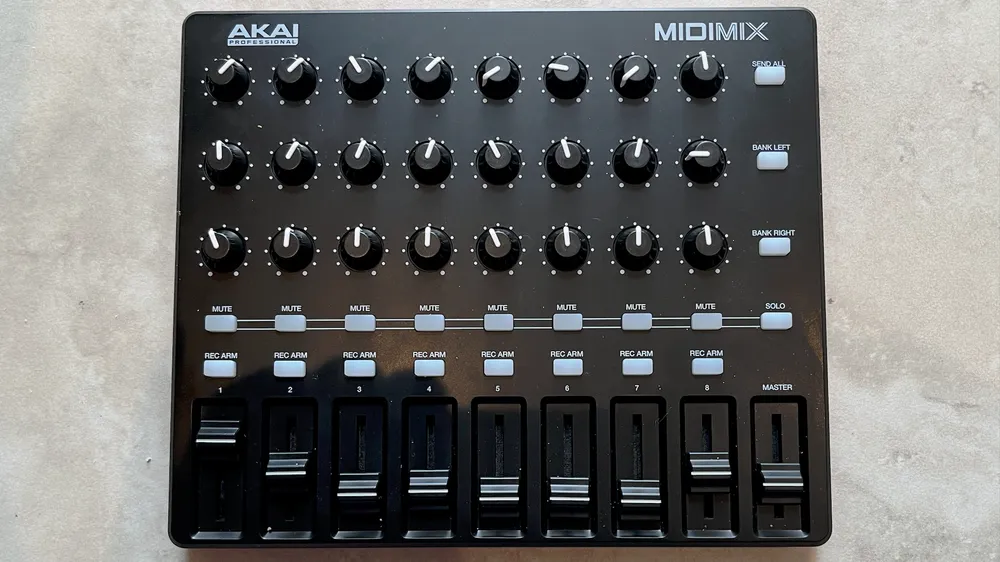Physical Controls in Simulation
Using physical controls like knobs, sliders, and buttons in simulations enhances precision, responsiveness, and realism by providing tactile feedback, enabling faster and more intuitive adjustments, reducing cognitive load and input errors, allowing multitasking, and closely mimicking real-world conditions, making them especially useful for training, industrial applications, and interactive experiences.
Tactile Feedback & Improved Precision
Physical controls provide direct, hands-on interaction, which can improve accuracy and control. Unlike touchscreens, where precision depends on screen size and sensitivity, knobs and sliders allow fine adjustments with haptic feedback.
Example: A process simulation with physical sliders helps fine-tune tank levels more precisely than a mouse.
Faster and More Intuitive Adjustments
Physical controls allow quick, fluid movements compared to navigating menus or using a mouse. Sliders, for example, allow users to instantly see the position of a control without looking at the screen.
Better Engagement & Reduced Cognitive Load
Physical controls help users stay engaged with the simulation instead of looking at menus. Reduces the mental effort of searching for the right button on a touchscreen or keyboard.
Example: In training simulations, adjusting parameters using physical dials keeps the instructor focused on observing the results rather than navigating a digital interface.
What I have Built
I have built an application to showcase mapping physical controls to publish MQTT messages. This uses off the shelf devices which are cheaper and more tidy than custom build consoles.
This system can be used with anything that subscribes to those message. I typically use it to control the Actor Model another of my current projects. But is is also useful for talking to other integration systems when building things like a UNS.

